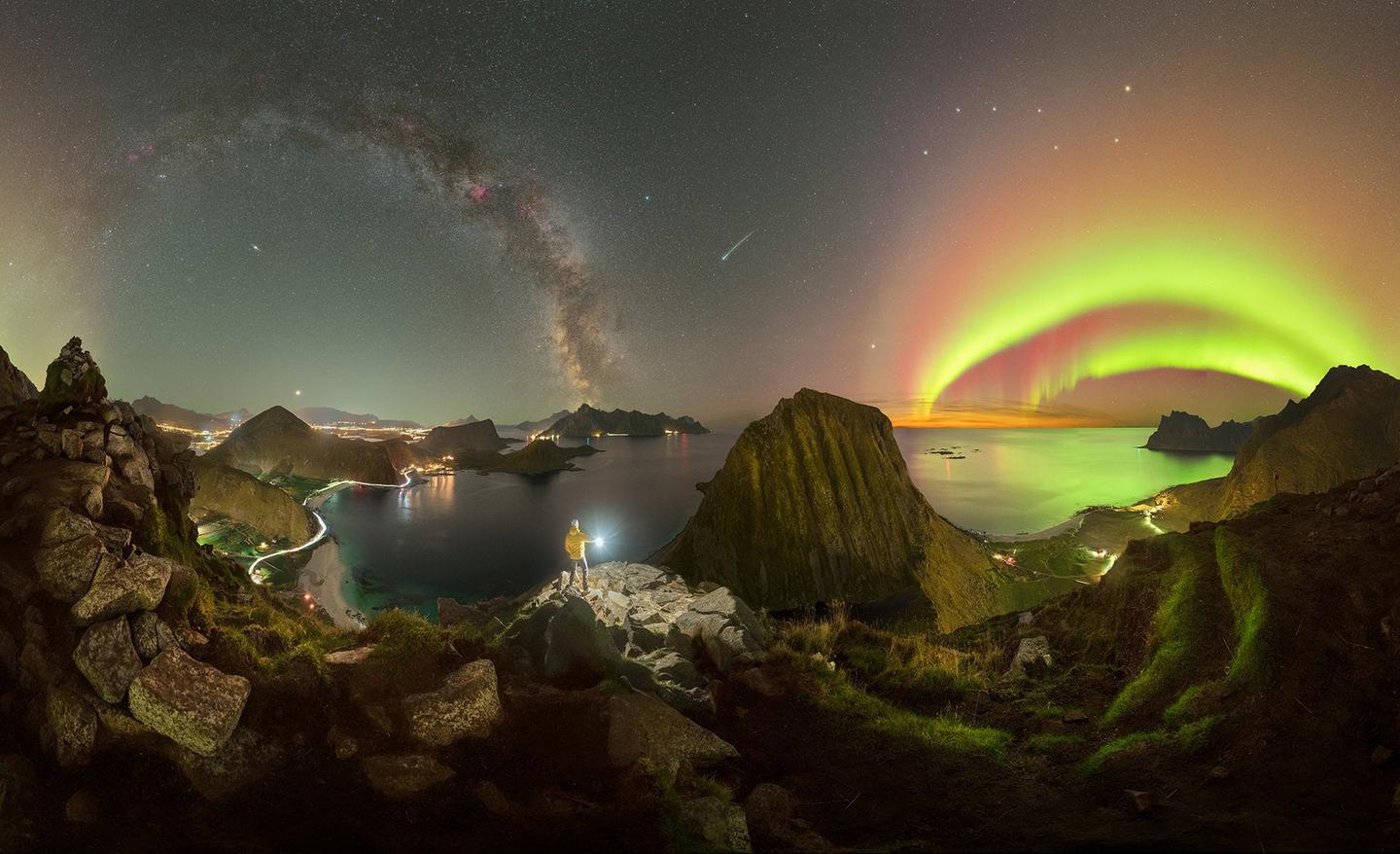Auroras are among the most mesmerizing natural phenomena you can experience, so it’s not surprising they’re a favorite subject for photographers everywhere. To celebrate the art of aurora imagery, travel photography blog Capture the Atlas has now published the fifth edition of its annual Northern Lights Photographer of the Year collection.
When charged particles from the Sun trigger disturbances in the Earth’s magnetosphere, it sends a cascade of electrons and protons raining into the upper atmosphere. The end result is stunning patterns of swirling colors and dancing lights at high latitudes that are irresistible to photographers.
Every December, Capture the Atlas publishes its Northern Lights Photographer of the Year collection, which features 25 of the best aurora photos (including some of the Southern variety, despite the name), as curated by editor Dan Zafra. This year’s crop includes the works of 25 photographers from 13 different nationalities, snapping auroras in locations in the United States, Canada, Finland, Norway, Denmark, Iceland, Russia, Greenland and New Zealand.
The photos are considered not just on the quality of the shot, but the story behind it and how much it might inspire others to pick up their cameras and head out for themselves. With increased solar activity boosting the intensity of auroras, this year’s compilation was tougher than ever to put together, said Zafra.

Giulio Cobianchi
Among the highlights is Inception by Giulio Cobianchi. Shot in the Lofoten Islands, Norway, the stunning image captures not just a pair of aurora arcs but the subject of Capture the Atlas’s other annual photography competition, the Milky Way. Not to be upstaged, the Earth puts on an impressive show too, with rugged mountains opening into a bay fringed with city lights, and a lone lighted figure standing center frame, taking it all in. A shooting star between the two arcs is the cherry on top.
Check out a selection of the best images in our gallery, or revisit some of the stunning shots from last year’s collection.
Source: Capture the Atlas
Source of Article
